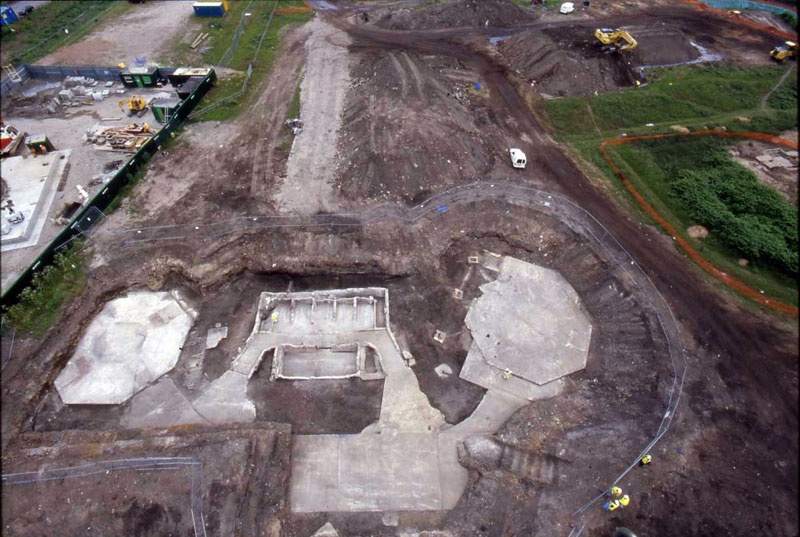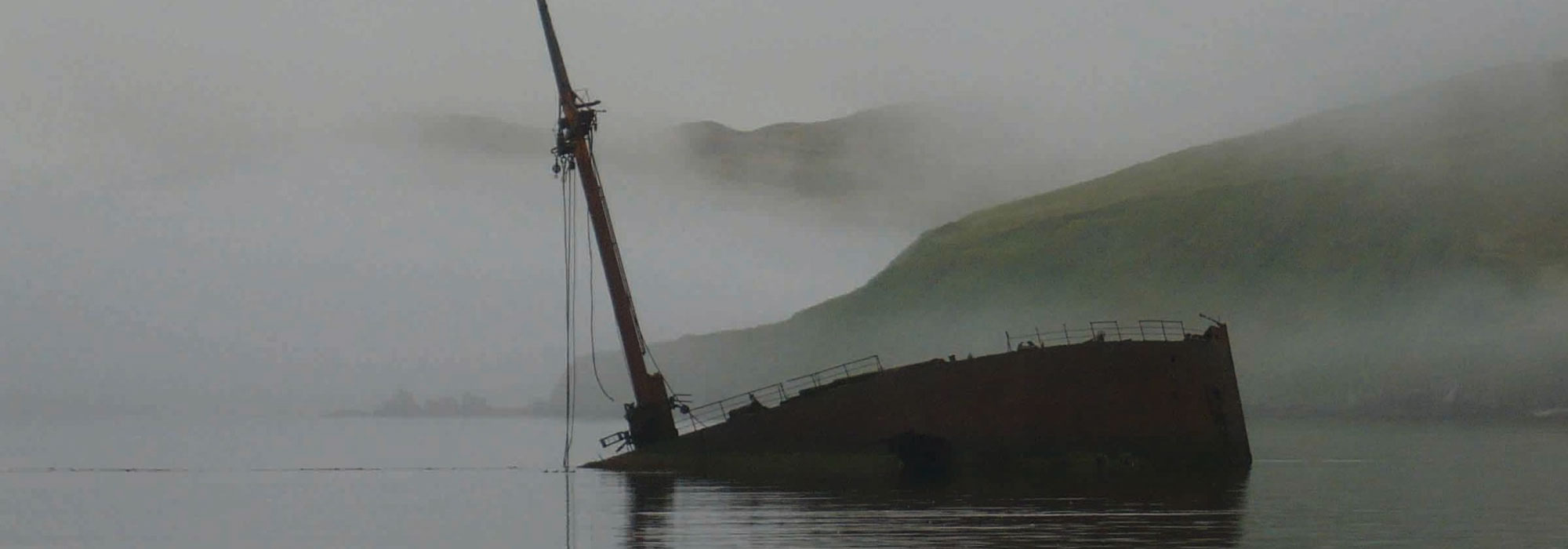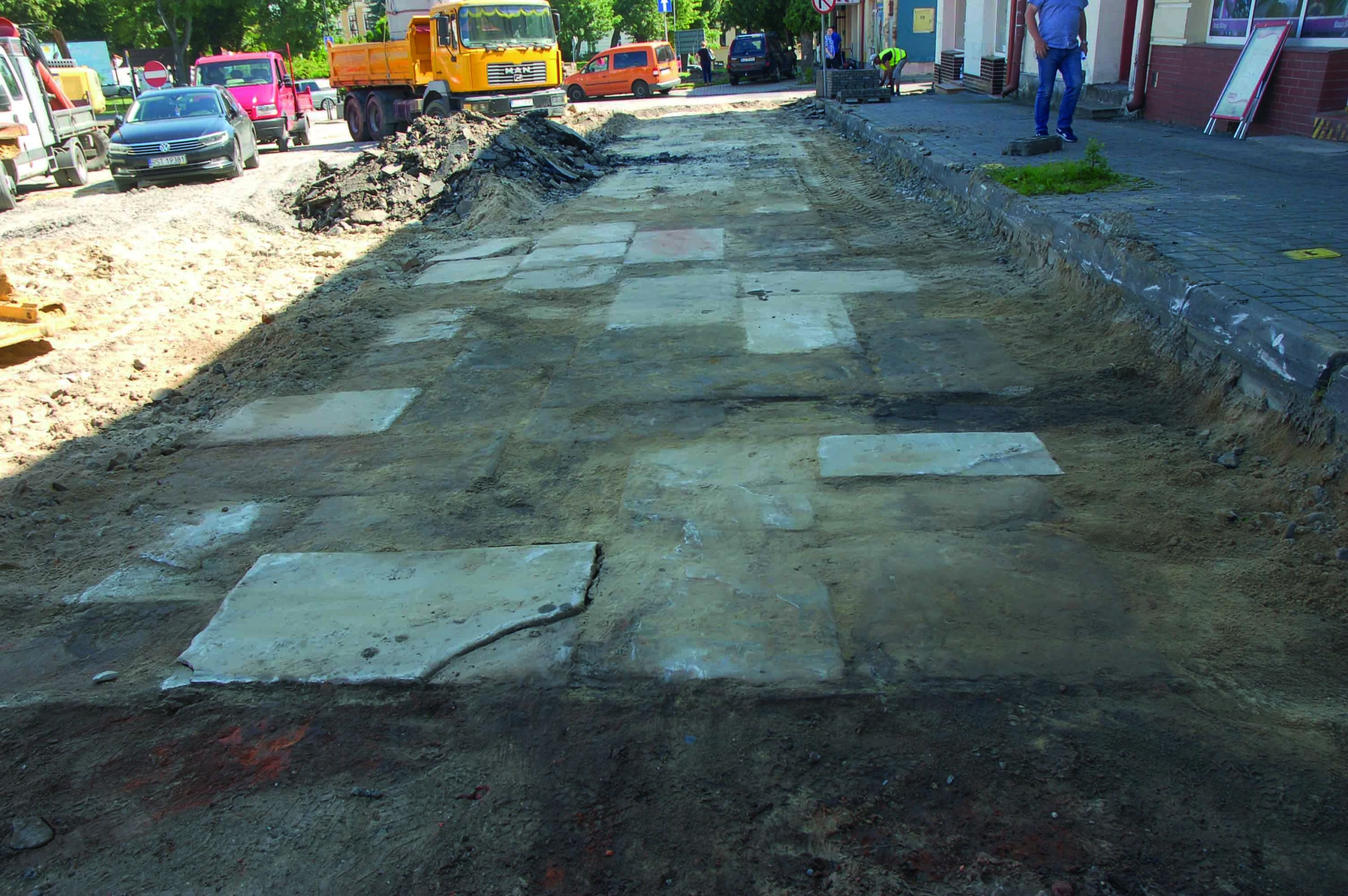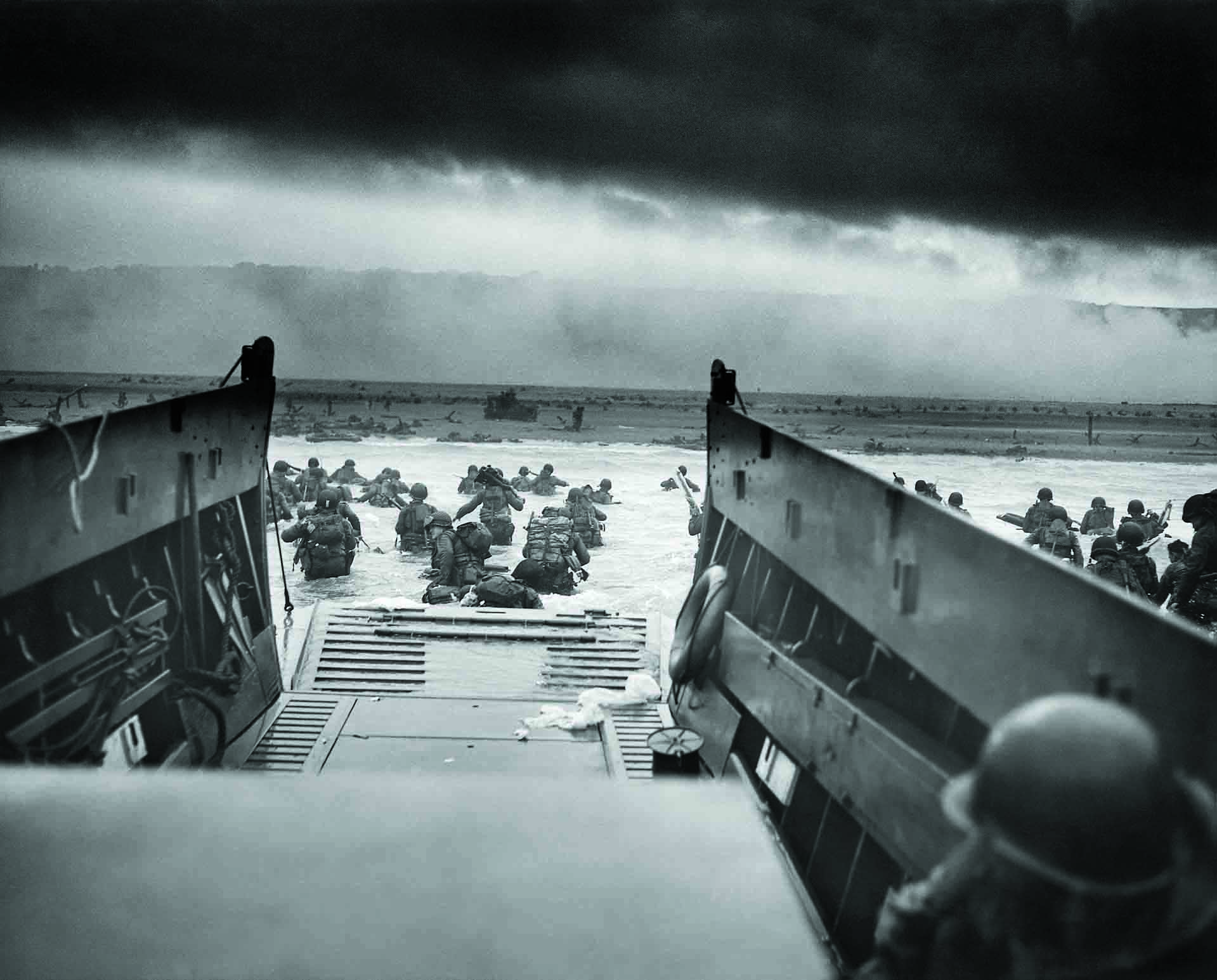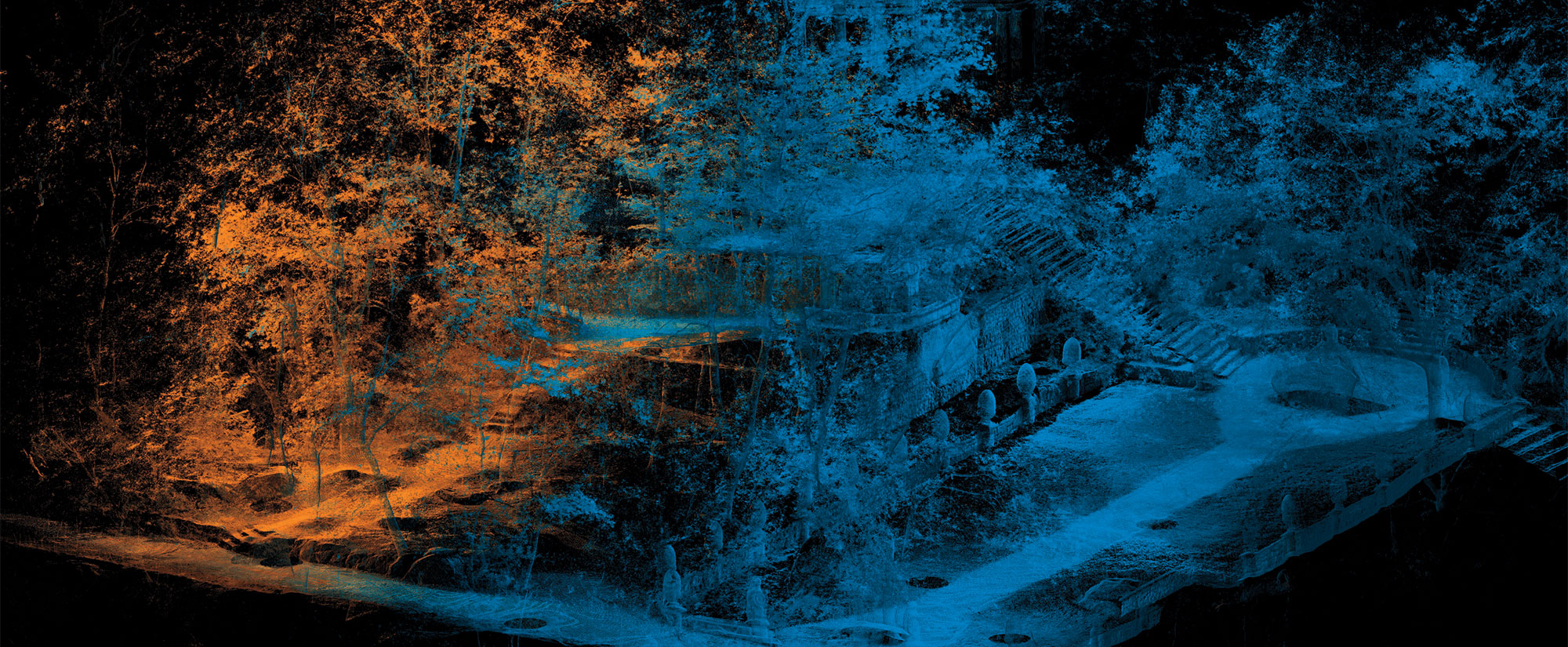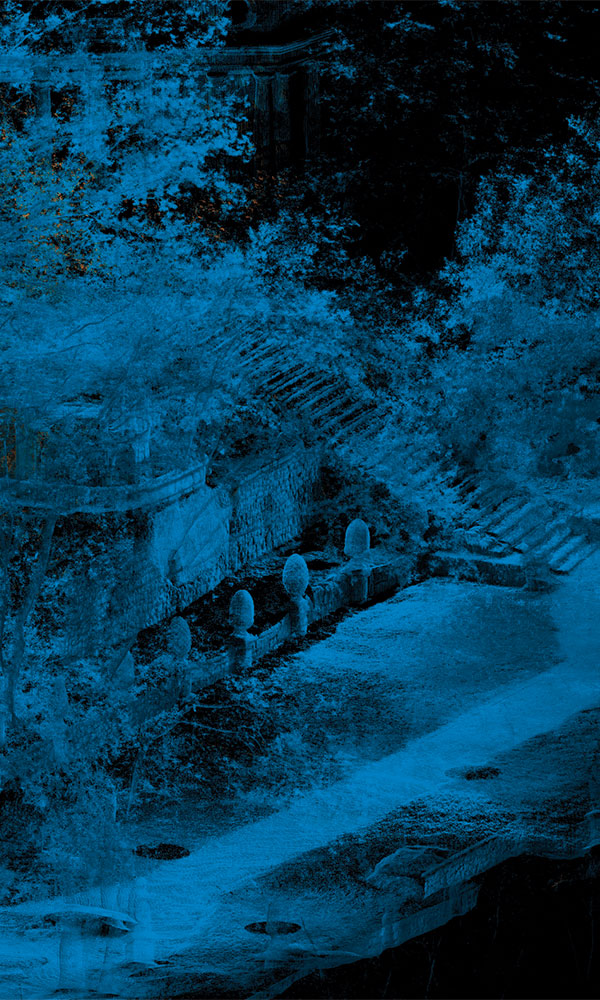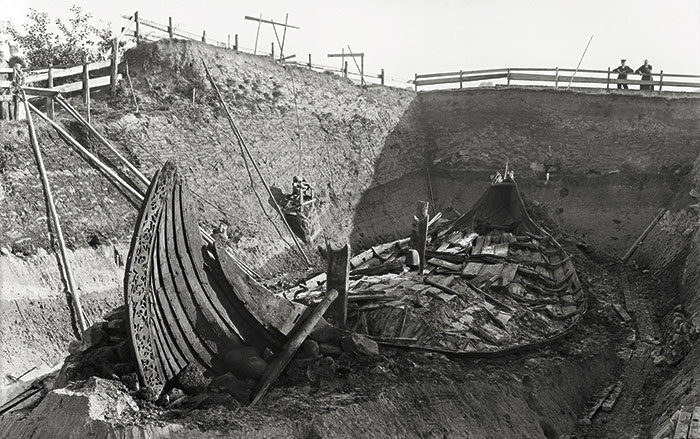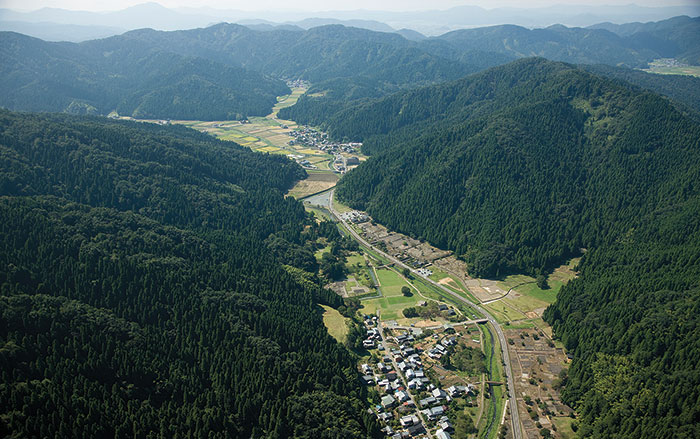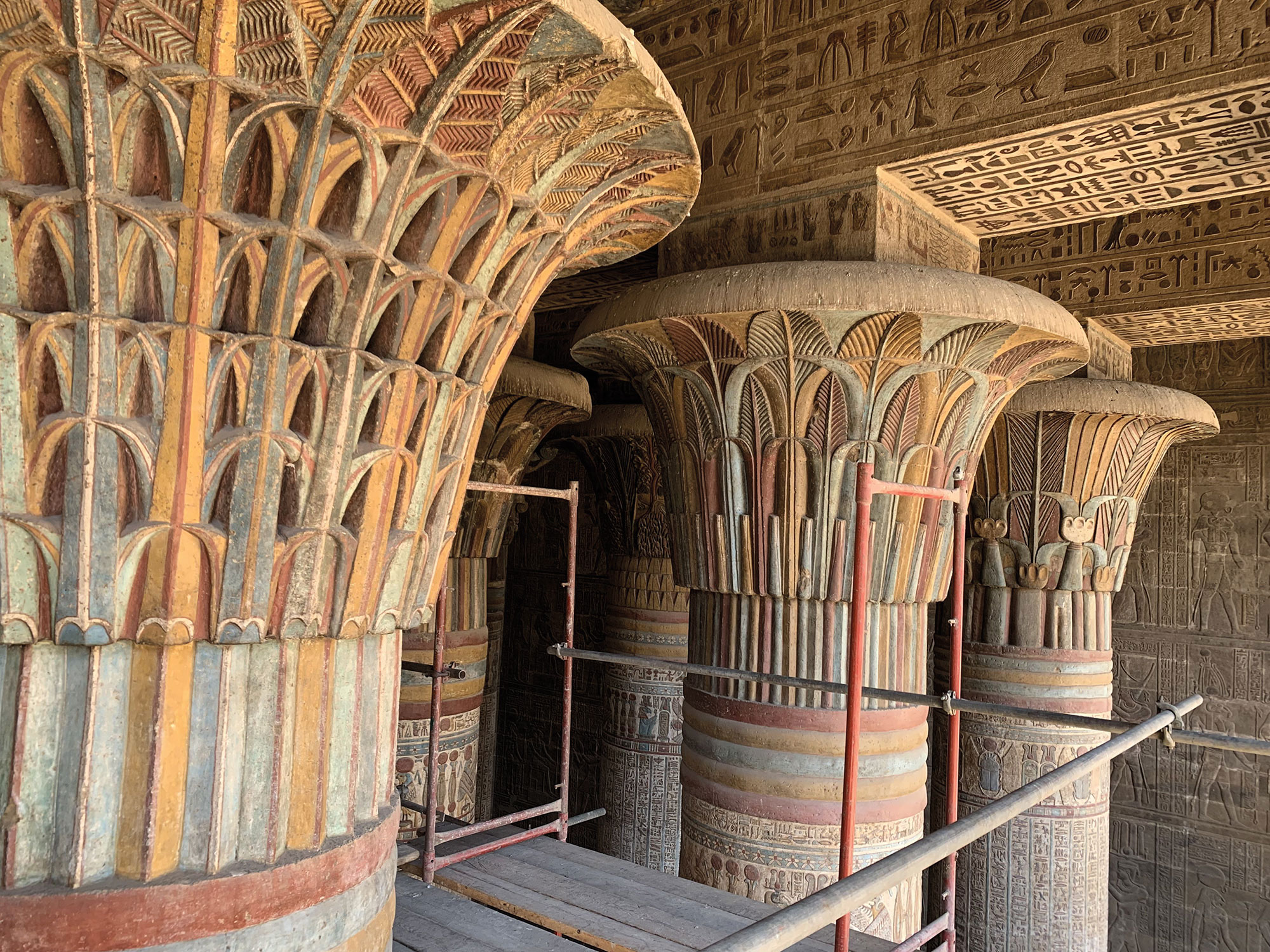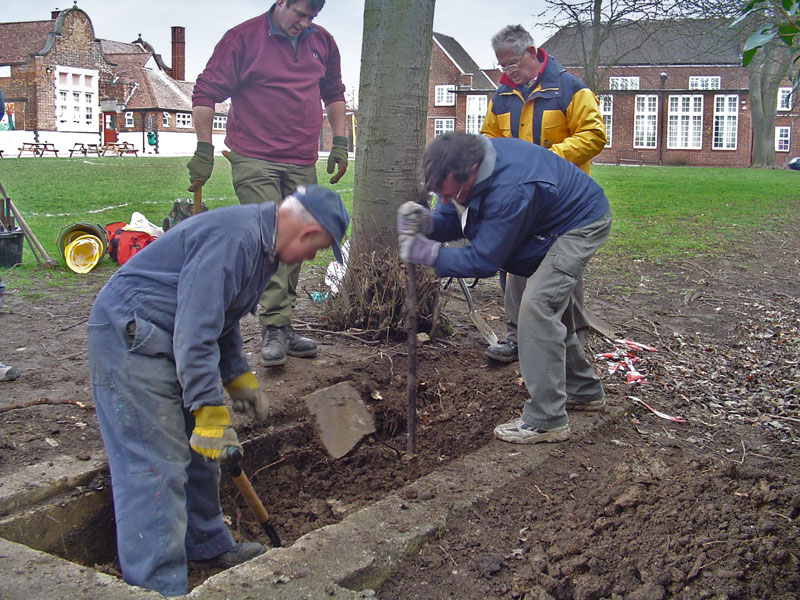
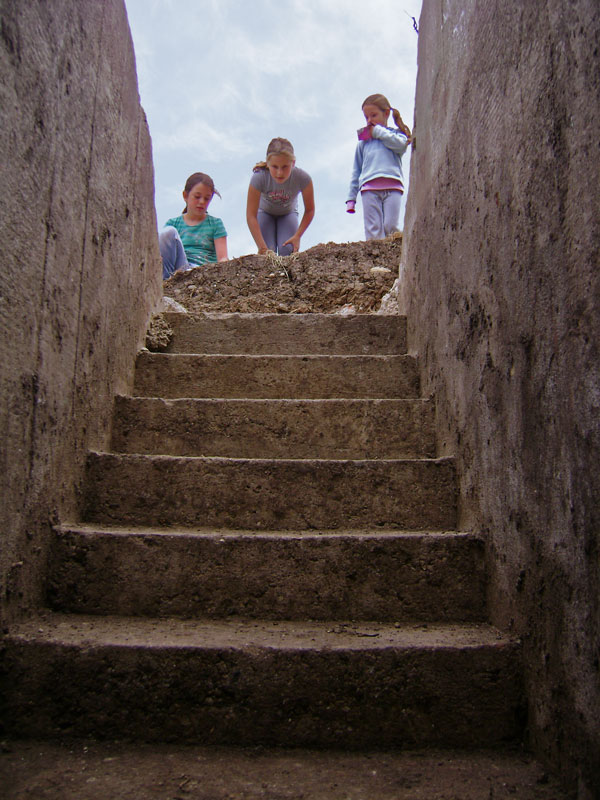
During the Spanish Civil War, German and Italian forces had used aerial bombing raids to aid Francisco Franco's Nationalist side. In the run-up to WWII, British officials were frightened by the prospect of those very same tactics, so the U.K. passed legislation to begin digging air-raid shelters. Obviously, they were right to be concerned, as the German Luftwaffe bombed Britain unceasingly during the Blitz—what the Germans termed "blitzkrieg"—from the fall of 1940 through the spring of 1941.
Today, many of the shelters' safety hatches are covered over by gardens, and some shelters themselves have been converted into schools, garages, and storage facilities. They offer great insight into home-front life in wartime. In the summer of 2005, staff members at an elementary school in north London discovered the entrance to an air-raid shelter under a playing field. (It was one of 13 that documents say were on the school's property.) Six months later, a team led by University College London archaeologist Gabriel Moshenska excavated the area, beginning by revealing the prefab staircase into the shelter.
"It's like entering a time capsule," says Moshenska. "The artifacts, the electric wiring—everything that's still there is in its original 1940s environment." Inside the nearly 50-foot-long space, designed to hold up to 50 occupants, they recovered a fire bucket, a lamp, an inkwell, and a gas heater. On one of the walls that divided the two stalls where toilets were once installed were chalk-written math problems. On another wall, there was a drawing of a sailboat. While the excavation was ongoing, a former student who went to the school during the war described her experience taking classes in the shelters, from chanting multiplication tables and playing games like Hangman to the "musty" smell of cement and sandbags that greeted the students as they entered. Moshenska has also excavated air-raid shelters in a public park in north London. As archaeologists dug underground, a local child attracted by the activity stumbled upon an original sign obscured by nearby bushes that read: "TO PUBLIC SHELTERS."
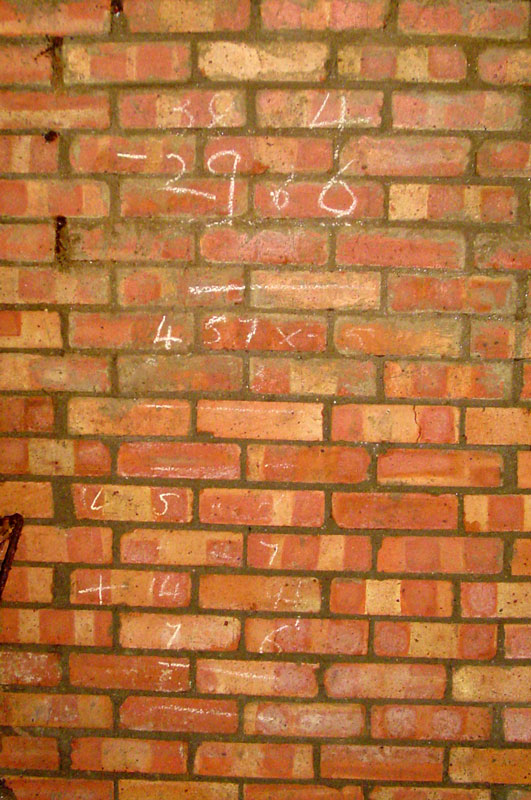
To Moshenska, home-front archaeology is as important as excavations of battlefields, shipwrecks, and air crashes, since nuclear and aerial warfare effectively moved the front lines of war. A dig at a central London park in 2005 exposed the remains of small, lower-middle-class homes that had been comprehensively destroyed during the Blitz. There, archaeologists discovered household items such as cutlery, as well as models of WWII-era airplanes that children presumably kept as toys and military badges that may have been given to soldiers' girlfriends or siblings as keepsakes. Noncombatants were faced daily with the necessity of evacuating homes and seeking out bunkers and air-raid shelters and with the real threat of losing their lives. Moshenska says of his studies of the home front, "It's the archaeology of the way 99 percent of the population of the countries that were in the war actually experienced the war."


